6 min read
Modern Pathology Simplified: Inside LabWare’s Anatomic Pathology Solution Update
Anatomic Pathology labs face continuing challenges with staffing shortages, pressures to integrate complex technologies
Add text here
Add text here







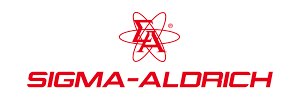





LabWare supports laboratory automation and paperless operations with native tools that simplify the task of interfacing with a variety of laboratory analyzers and robotics platforms as well as a configurable rules engine that can be used to enable, expedite, and increase the efficiency and effectiveness of the laboratory operation.

LabWare's integrated electronic laboratory notebook provides additional capability to manage large data sets in plate based testing and flexibility to document research experiments.
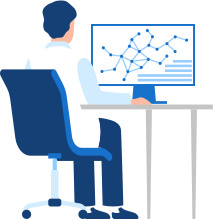
LabWare eliminates silos of information with an open architecture and powerful interoperability tools that enable exchange of information with other enterprise information systems via web services, file transfer, and direct database communications.

LabWare MOBILE (available on Android and iOS devices) allows users to easily connect to their LabWare systems, see their data, and perform customer-defined tasks. Learn More >
LabWare has extensive experience across the world in various sectors, including Chemical production and Petroleum Industries. Many of our customers have multi-site, multi-continent installations with hundreds and some with over a thousand users.
To assure the quality of their products, LabWare customers optimize the efficiency and throughput of continuous processes and comply with governmental product and safety standards, companies in the petrochemical and refining industries to control their operations with rigorous testing and real-time monitoring.
LabWare LIMS forms the basis for monitoring continuous and batch-oriented processes and then creates a historical record of conformance with internal and external standards and regulations. LabWare LIMS enables customers to define testing and inspection models that correspond with their manufacturing process.
LabStation, our built-in instrument integration capability, provides the means to automate data collection both within the lab and at remote locations performing in-line analysis. To facilitate the integration of the entire supply chain, LabWare works closely with your other business partners, and our decades-long industry experience creates an opportunity for increased automation and cohesion across the whole enterprise.
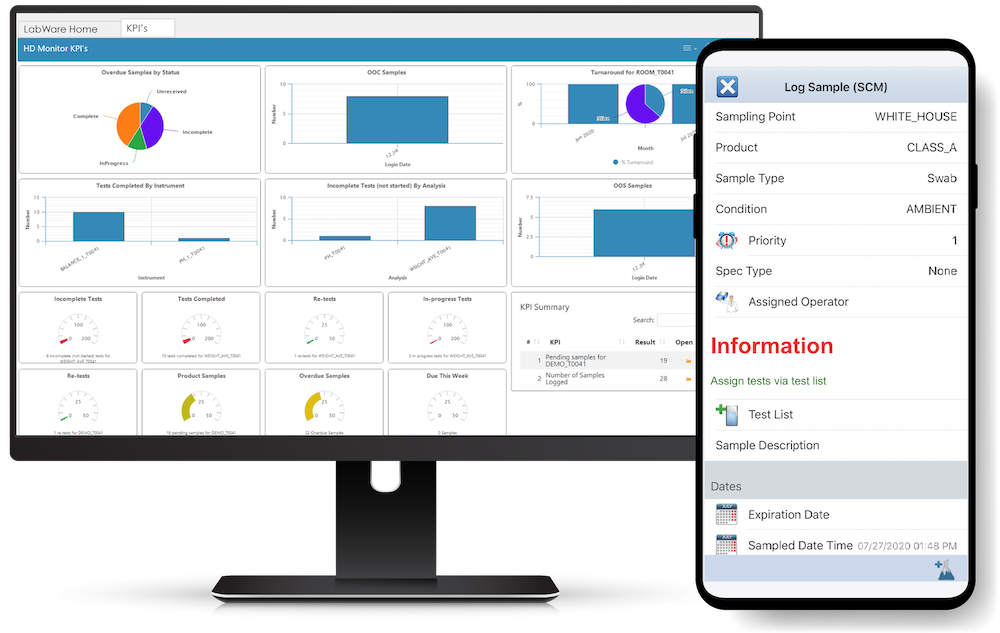
To increase the effectiveness of the research and development function and to ensure product quality, companies in the chemical and industrial industries must implement systems that automate their laboratory facilities.
Such systems not only facilitate the creation and cataloging of new compounds and other forms of intellectual property, but they also help manage the finished product supply chain through rigorous product testing and real-time process monitoring. A key component in this effort is the Laboratory Information Management System (LIMS).
LabWare LIMS enables customers to define testing and inspection models that correspond with their manufacturing process. Our built-in instrument integration capability provides the means to automate data collection both within the lab and remote locations performing in-line analysis. LabWare LIMS delivers the flexibility to monitor conformance to multiple product grades and product specifications, allowing you to manage continuous processes and batch release better.
Instrument integration facilitates extensive integration with process control systems, and it enables the establishment of a nearly paperless process. All lot management constructs are addressed through LabWare LIMS, including grading and dispositioning, parent/child relationships, sub-lots and mega-lots, genealogy and traceability, and where-used analysis. Stage-based sampling and testing protocols, whether automated through a predefined schedule or created on an ad-hoc basis, are all supported within the system.
LabWare LIMS offers the flexibility of a system designed around configurable templates. Configurable templates enable the system to reflect the business rules of your laboratory and production processes. Templates automate the creation of sample records, the assignment of testing and the collection of results. Since they are table-driven and may be configured very rapidly without coding, they are equally effective in routine as well as dynamic situations.
To promote user acceptance throughout your business from the shop floor to the analytical benchtop, the application operates in an easy-to-use graphical manner, and menus may be tailored to reflect the specific roles of individual users.
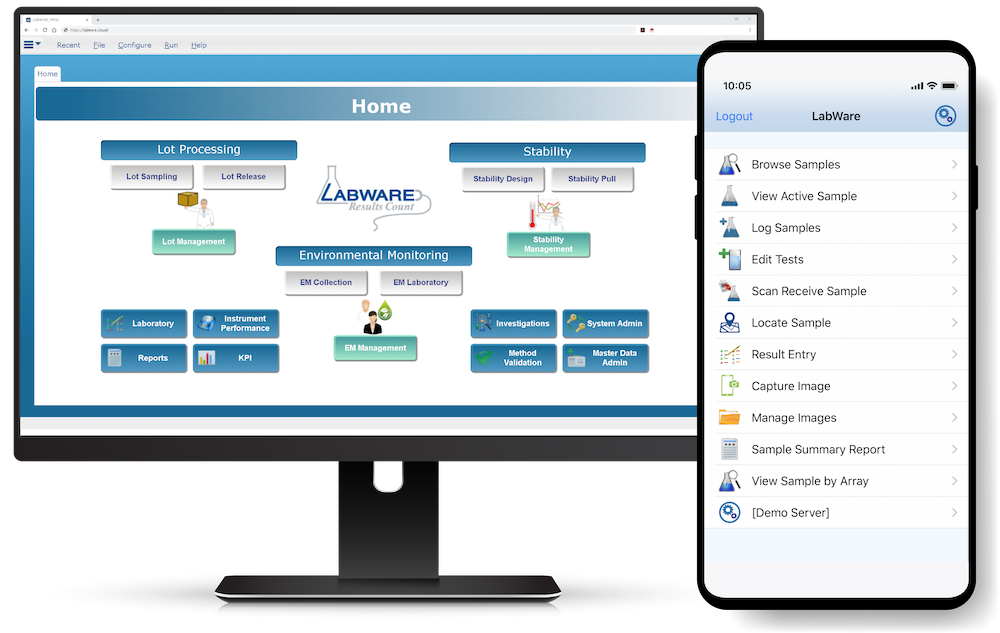
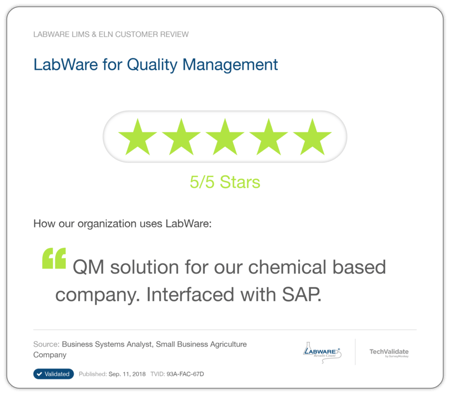

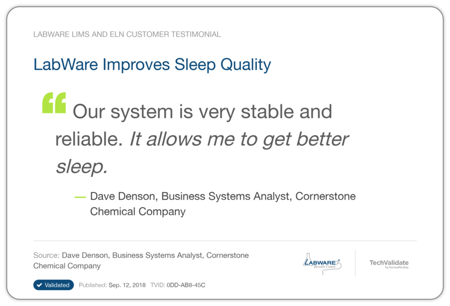
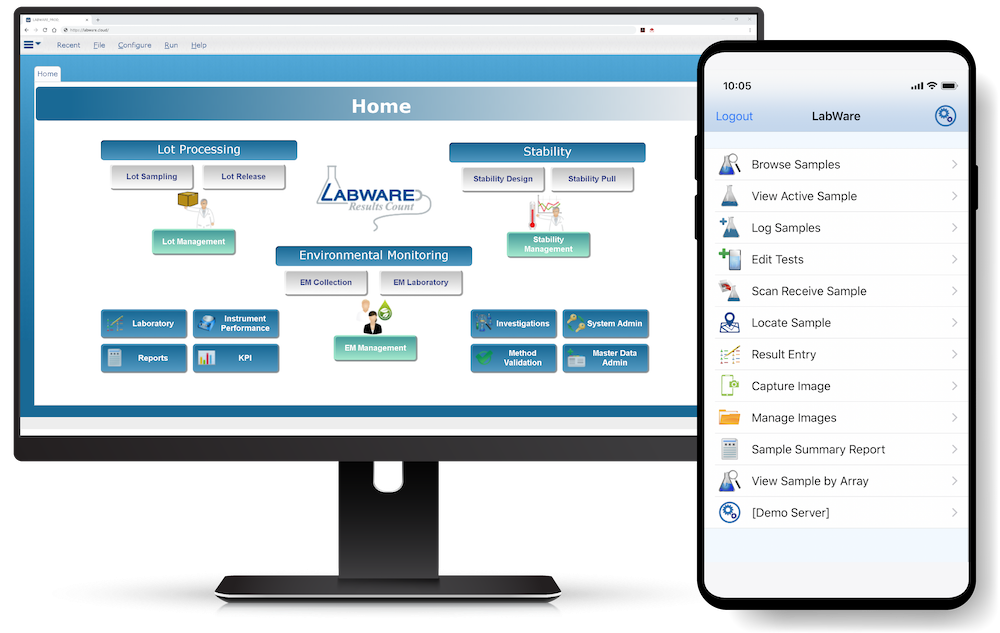

→ 4 indicators that your lab is ready for a new LIMS
→ Breakdown of LIMS deployment options (SaaS v. PaaS v. Self-hosted)
→ 8 factors that determine the total cost of ownership of your LIMS

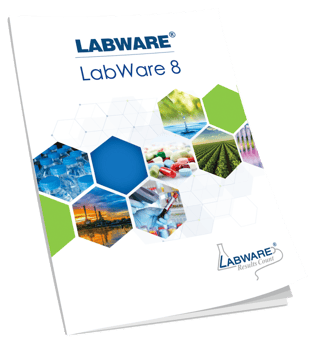
→ 5+ technical innovations built in LabWare 8
→ Visualizations of your instruments and systems interacting with LabWare 8
→ Overview of LabWare Mobile that brings portability to lab automation

Anatomic Pathology labs face continuing challenges with staffing shortages, pressures to integrate complex technologies
Nearly three decades ago, LabWare partnered with Orange County Sanitation District (OC San) to support their mission...
Many labs look successful on paper, yet rely on fragile systems held together by workarounds, manual fixes, and...